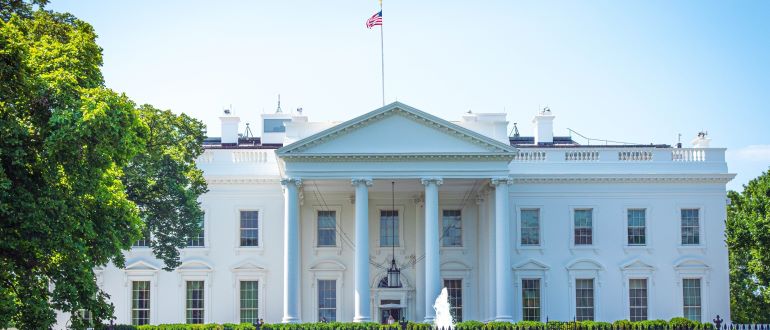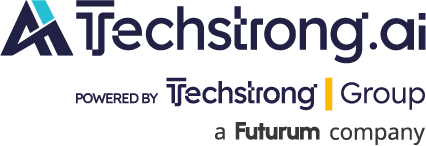
The Trump administration today published an action plan for artificial intelligence (AI) that defines more than 90 specific policies that the U.S. government will implement in the weeks and months ahead.
Based on an executive order issued earlier this year, the “Winning the AI Race: America’s AI Action Plan” promises to usher in a “new golden age of human flourishing, economic competitiveness, and national security for the American people.”
Specifically, the plan tasks the U.S. Commerce and State Departments to partner with the IT industry to deliver secure, full-stack AI platforms – including hardware, models, software, applications and standards – for export to U.S. friends and allies around the world. It also calls for the removal of onerous Federal regulations that hinder AI development and deployment.
Additionally, it also formally commits the U.S. government to expediting permits for data centers and semiconductor fabs in addition to launching national initiatives to increase the workforce needed to build these projects, including electricians and HVAC technicians.
Finally, the Federal government will also update procurement guidelines to ensure that the government only contracts with providers of large language models (LLMs) and that their systems are objective and free from top-down ideological bias.
Nick Patience, vice president and practice lead for AI Platforms at The Futurum Group, said, “The White House AI Action Plan tackles several critical challenges head-on, from infrastructure bottlenecks to workforce development, and its focus on streamlining permitting for data centers addresses real barriers to AI deployment.
However, the plan’s framing of AI development as a ‘race to be won’ misunderstands how technological progress actually occurs. While the deregulatory approach may speed deployment, there’s an inherent contradiction between promoting ‘objective’ AI systems domestically while simultaneously pushing American values internationally. The administration promises AI will ‘complement work, not replace it,’ yet wisely acknowledges the need for robust retraining programs, allowing for a more realistic understanding of AI’s disruptive potential than the rhetoric suggests.
Overall, this represents solid industrial policy with meaningful investments in infrastructure and workforce development, though the ‘America First’ framing risks fragmenting the collaborative research ecosystem that has been essential to AI progress, he added.
It’s not clear what impact these guidelines will have outside of the Federal government, but any effort to make data center capacity more widely available sooner than later is crucial at a time when data center vacancy rates are at an all-time low.
Organizations are also keenly interested in efforts to increase the number of semiconductor fabs, which in time should reduce the cost of graphical processor units (GPUs) and other AI accelerators as these processors become more widely available.
The issue, of course, is none of these challenges will be resolved overnight. Many organizations will need to limit the number of AI applications they deploy in production environments simply because the cost of the underlying IT infrastructure needed might be too high. Hopefully, that will no longer be the case in a few short years, but in the meantime, any effort to accelerate the pace at which AI applications can be built and deployed is likely to have widespread support.

